Birds of MalaysiaCovering Peninsular Malaysia, Malaysian Borneo and Singapore
Interval de preus: $57.54 a $62.66
“Per tant, aquesta nova guia de camp serà molt apreciada pels observadors d’ocells que visiten les dues parts de Malàisia perquè ja no necessiten portar dues guies diferents. La guia inclou 851 espècies i té el format del cada cop més familiar disseny de Lynx i BirdLife International. En particular , la inclusió de mapes de distribució clars al costat de les il·lustracions i el text enfront de les làmines pertinents fa que això sigui molt pràctic en el camp”.
Frank Lambert, The Birder’s Library , 6 d’octubre de 2020
Pes
1.1 kg
Dimensions
16 × 23 cm
Idioma
Anglès
Format
Flexi-cover, Tapa dura
Pàgines
416
Data de publicació
July 2020
Publicat per
Lynx Edicions
Descripció
El país de Malàisia consta de dues meitats separades pel mar de la Xina Meridional, la Península i Malàisia Oriental, aquesta última formada pels estats de Sabah i Sarawak. A més, aquesta nova guia també cobreix completament la República independent de Singapur, a l’extrem sud de la península de Malaia.
La majoria dels molts ocells endèmics de Borneo es poden trobar a l’est de Malàisia, incloent una enlluernadora varietat de faisans, boques de granota, trogons, pittas, tords i dos dels ocells descrits més recentment al món, el pic de flors d’ulleres i el Bulbul d’ulls crema, tots dos. nomenat a la ciència només el 2019.
La península compta amb algunes de les millors reserves forestals de les terres baixes de la regió de Sundaic, com ara el famós parc nacional de Taman Negara, així com una varietat d’endèmics de les terres altes en llocs famosos d’observació d’ocells com Fraser’s Hill.
Tres famílies monoespecífiques i especialment sorprenents, els Pityriasidae (Bornean Bristlehead), Platylophidae (Crested Jay) i Eupetidae (Rail-babbler), són les més buscades a Malàisia, fent del país una destinació essencial per als “col·leccionistes familiars”.
A més de tenir en compte tots els desenvolupaments taxonòmics més recents en el moment d’escriure aquest escrit, els autors també destaquen alguns canvis potencialment propers. Complementant les plaques, els mapes i els textos d’espècies, la introducció del llibre descriu els paisatges, els hàbitats i el clima de la regió i ofereix consells sobre l’observació d’aus a Malàisia i Singapur, juntament amb breus detalls de 50 dels millors llocs per visitar.
Tant si esteu planejant un recorregut complet d’observació d’aus per la península i/o el nord de Borneo, o només per “escapar” durant uns dies a Singapur, aquesta nova guia ho cobreix tot.
- La taxonomia segueix la llista il·lustrada de HBW i BirdLife International de les aus del món .
- Textos detallats que cobreixen l’estat, l’hàbitat i el comportament, l’edat, el sexe i la variació geogràfica, la veu i les espècies de confusió.
- Més de 1825 il·lustracions que cobreixen totes les espècies i subespècies distintives, ocells en vol, mascles i femelles, juvenils i plomatges no reproductors, si escau.
- Codi QR per a cada espècie, vinculat a material audiovisual complementari.
- Més de 775 mapes de distribució a tot color per a totes les espècies que es troben habitualment.
- Els grups de subespècies ben marcats reben comptes complets i les distribucions de les subespècies que es reprodueixen a la regió estan clarament cartografiades.
- Noms d’espècies locals inclosos.
Característiques:
- 851 espècies; 67 endèmics o gairebé endèmics, 28 introduïts, 101 vagabunds.
- Més de 1825 il·lustracions i més de 775 mapes de distribució.
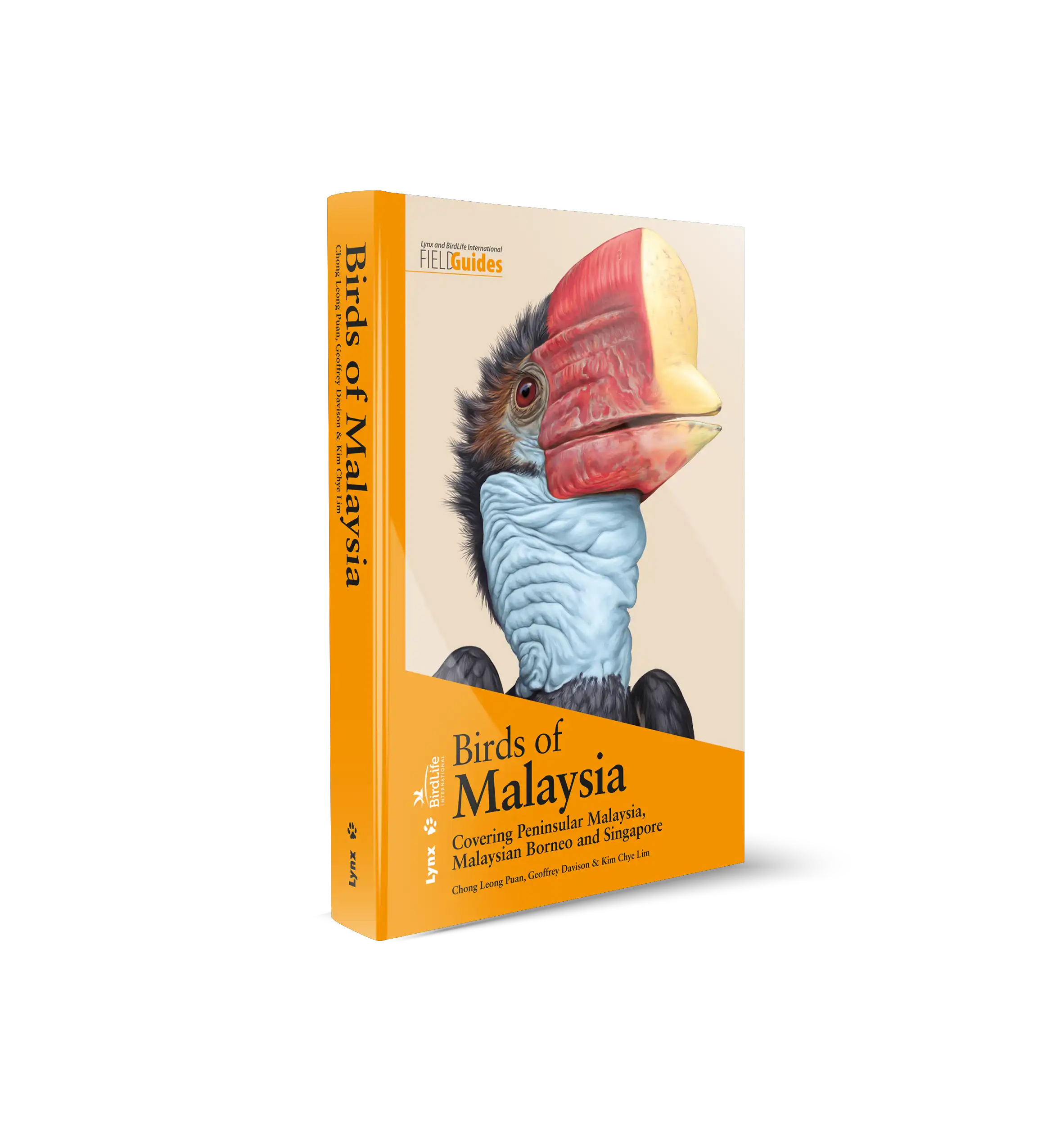
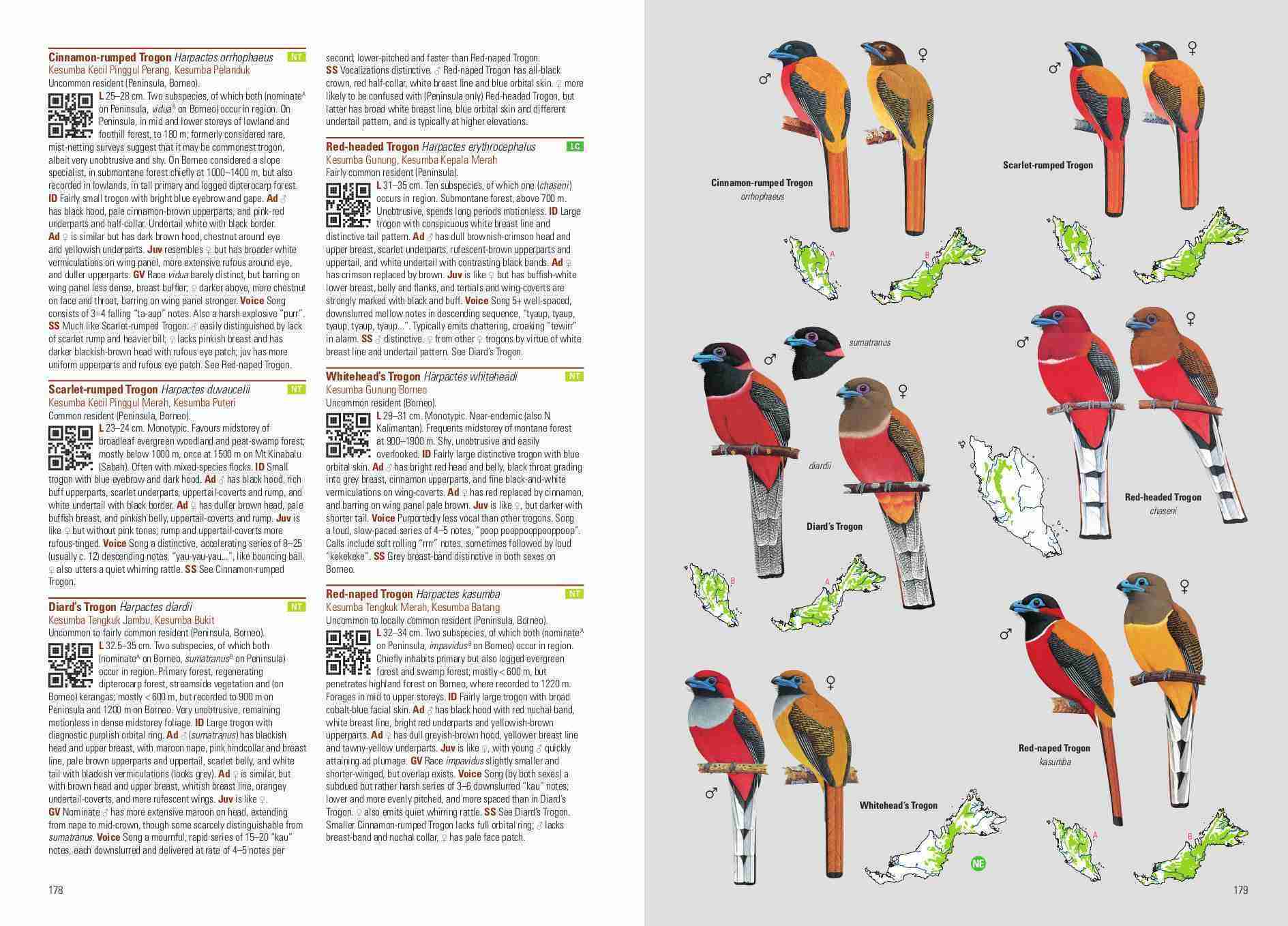
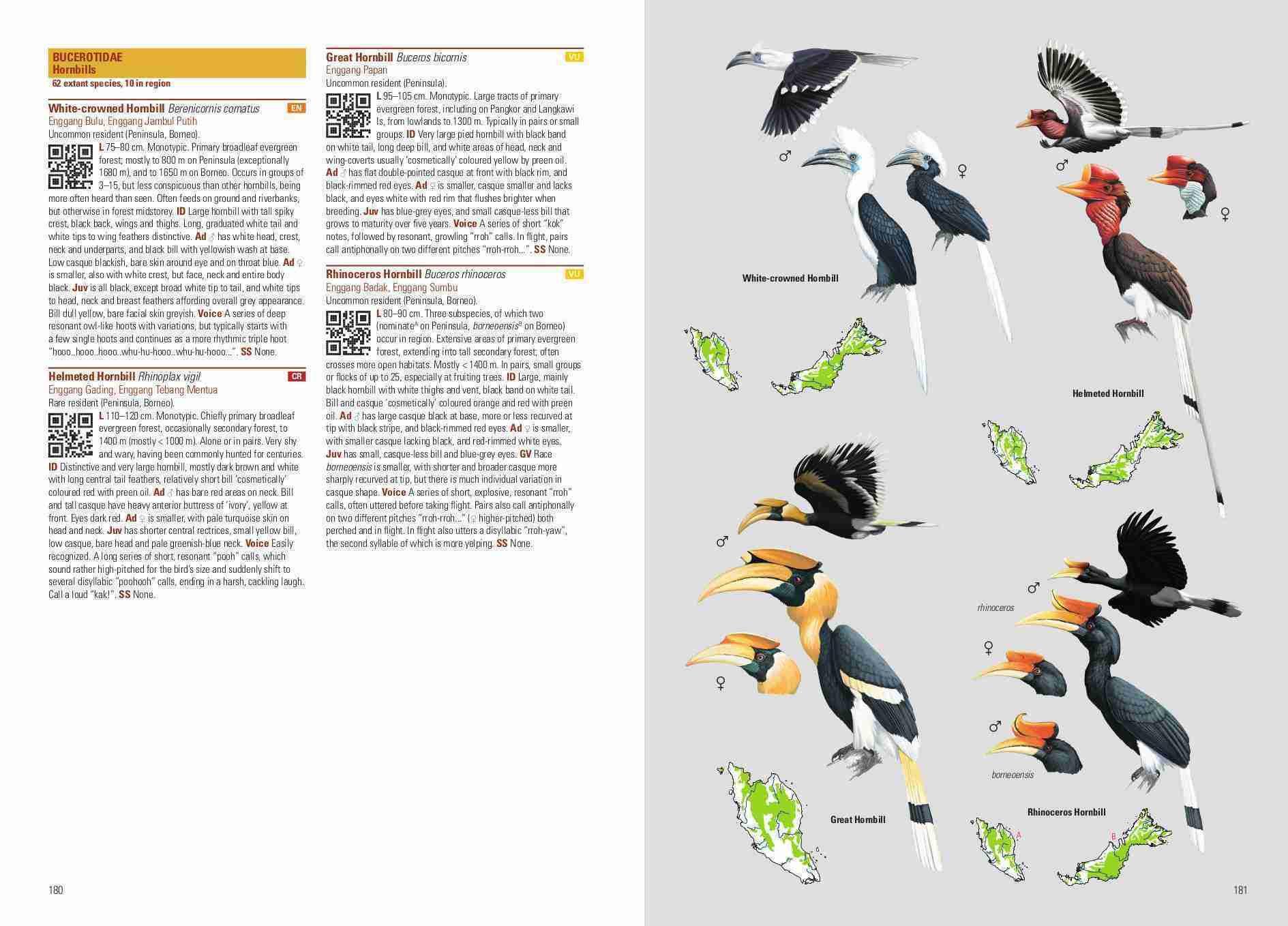
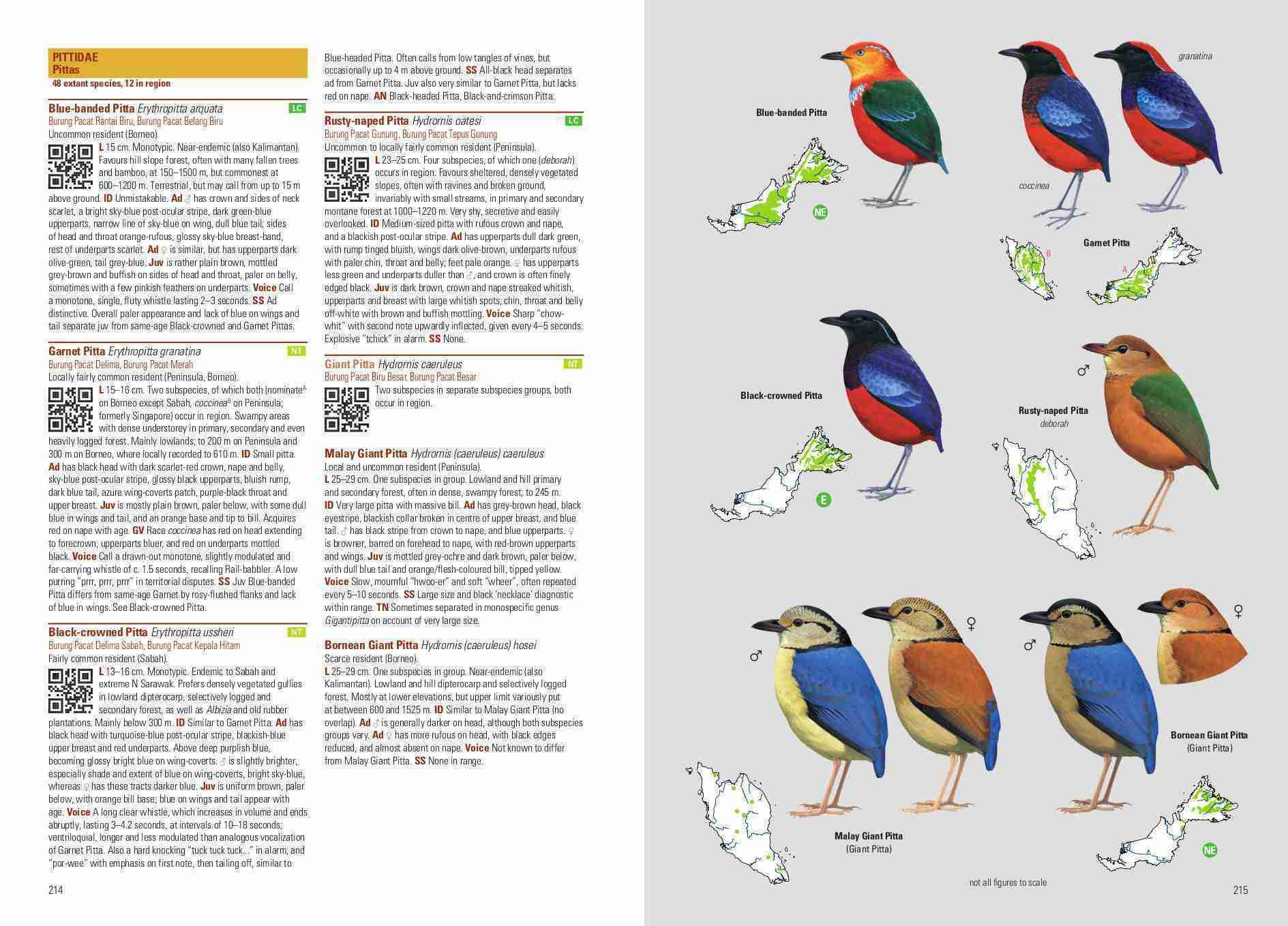
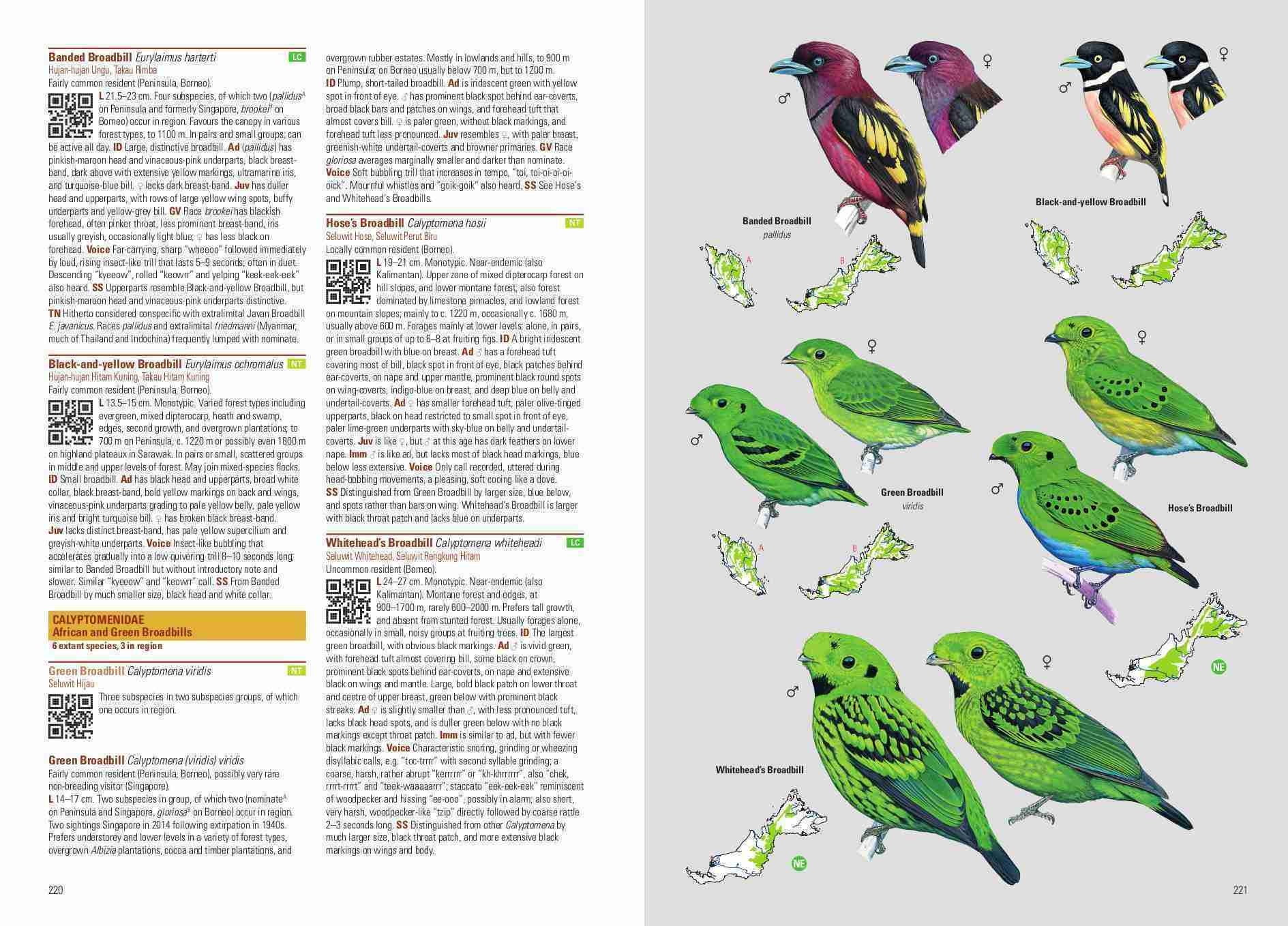
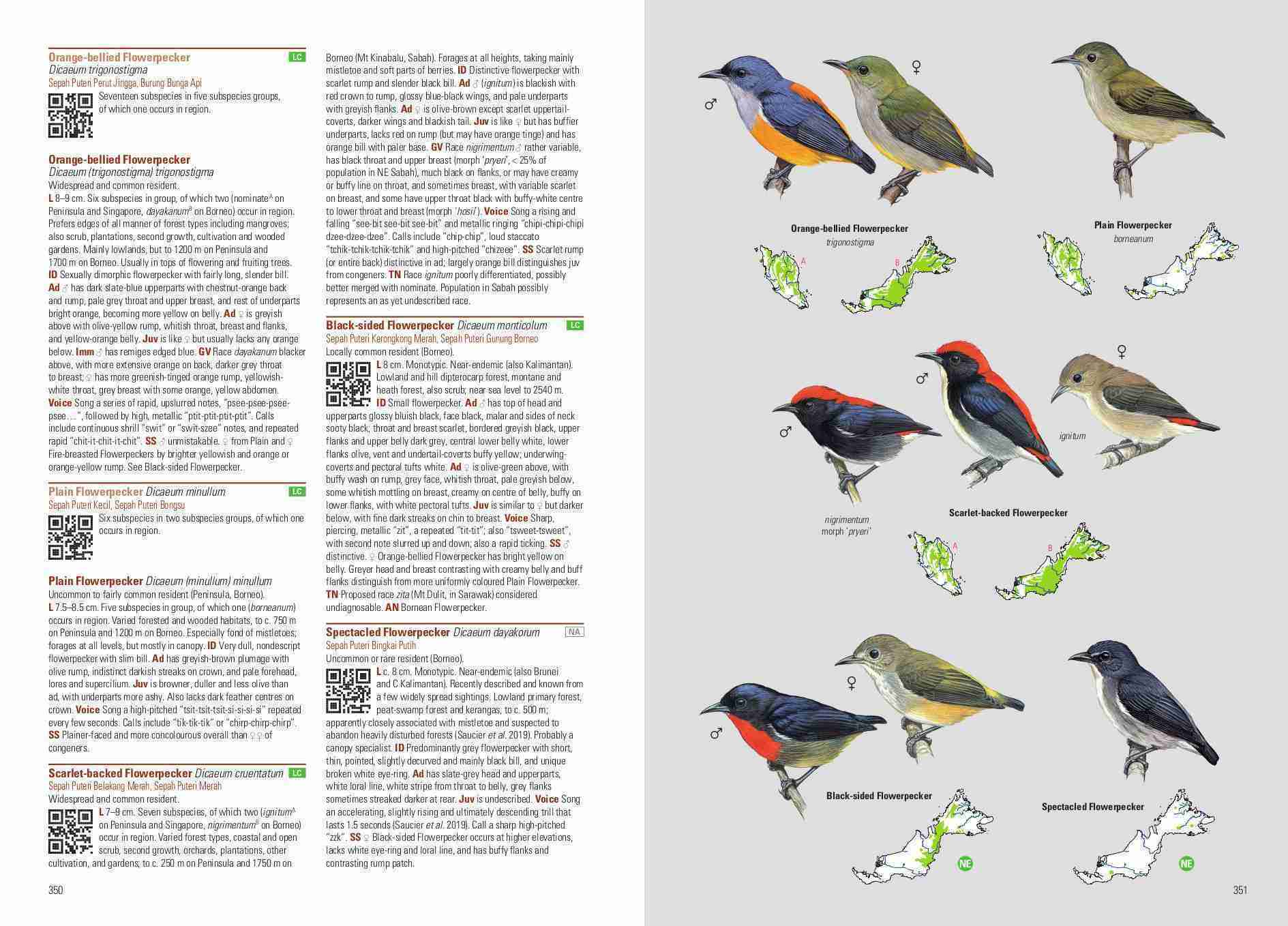
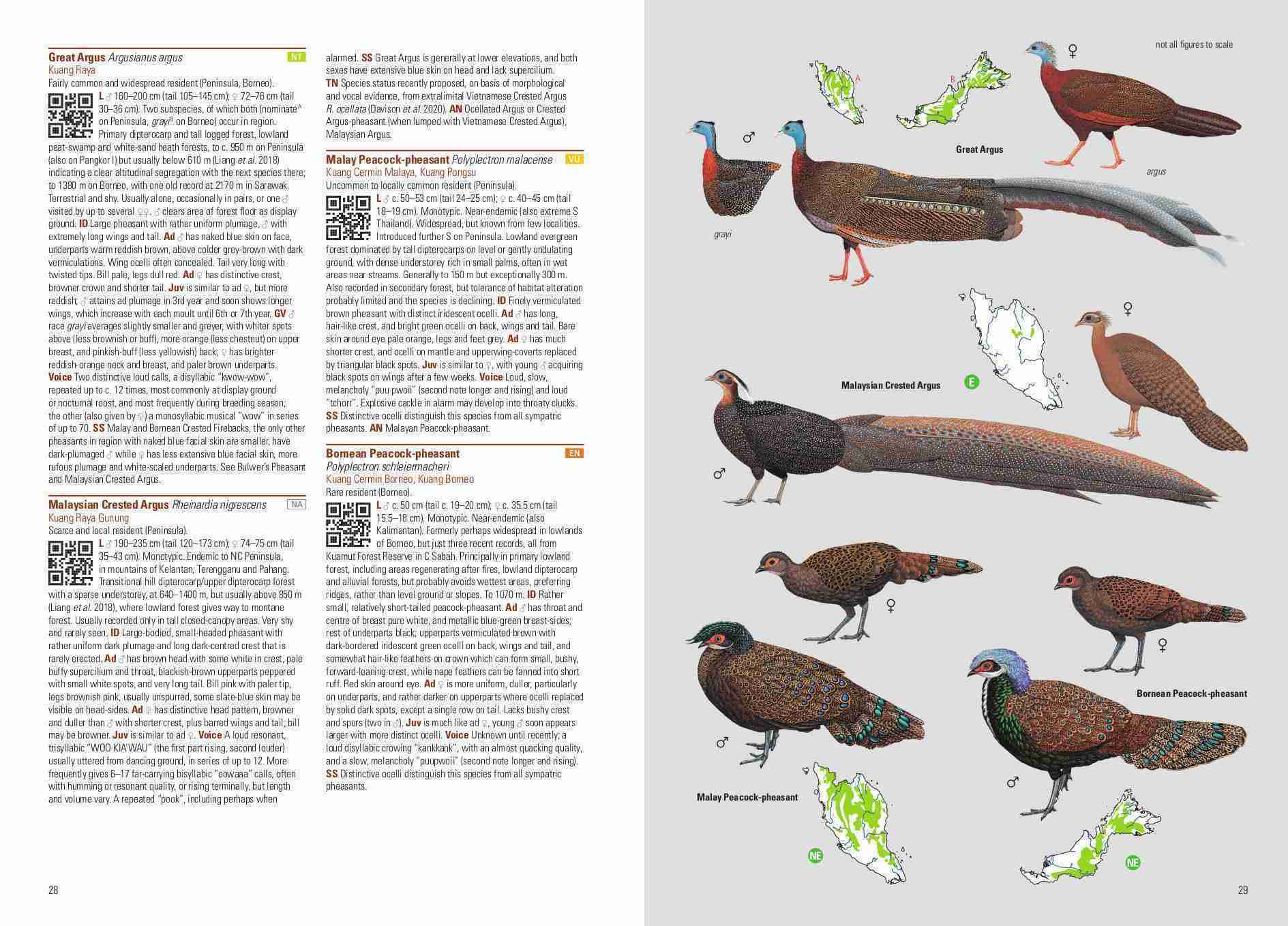

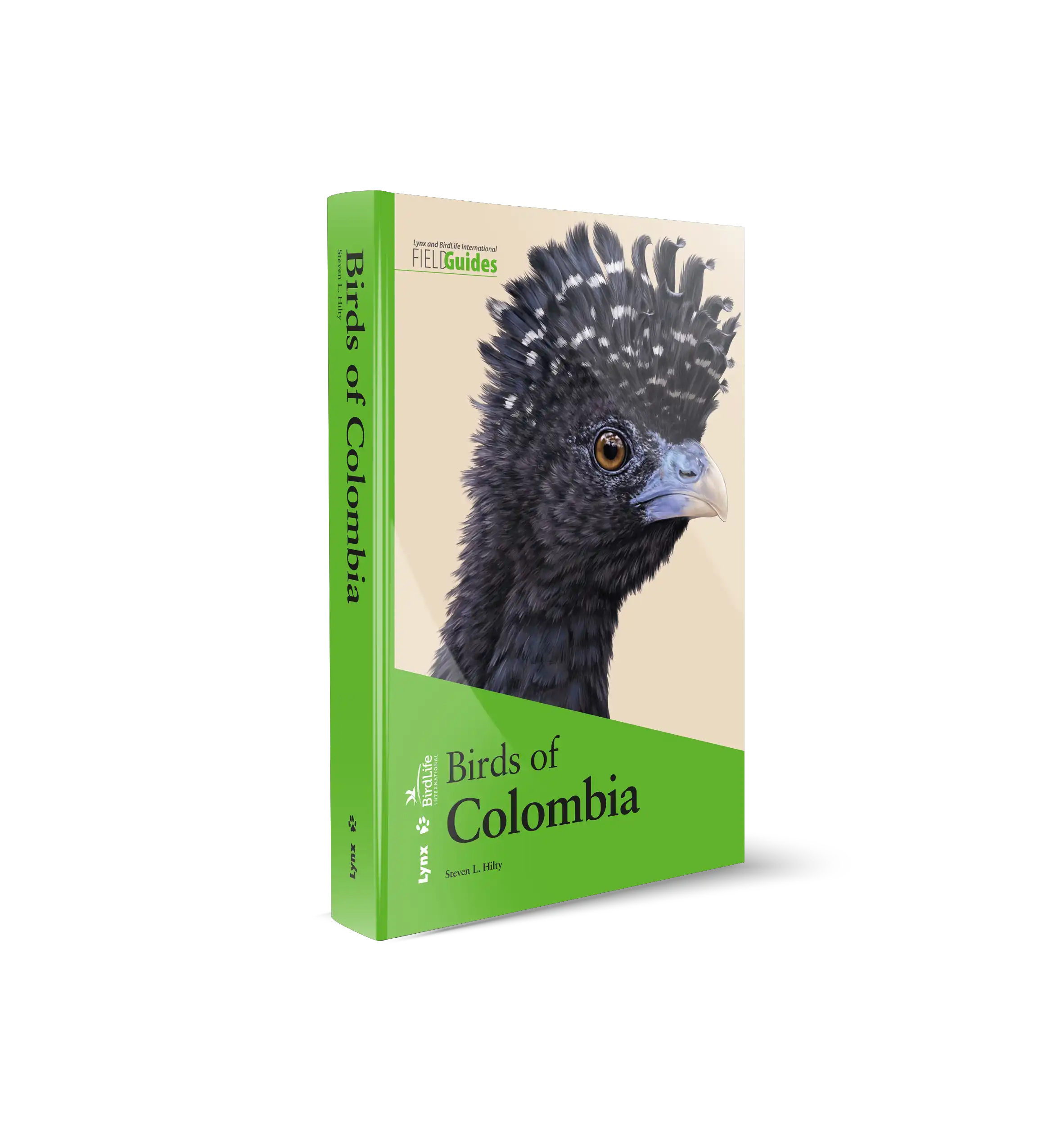
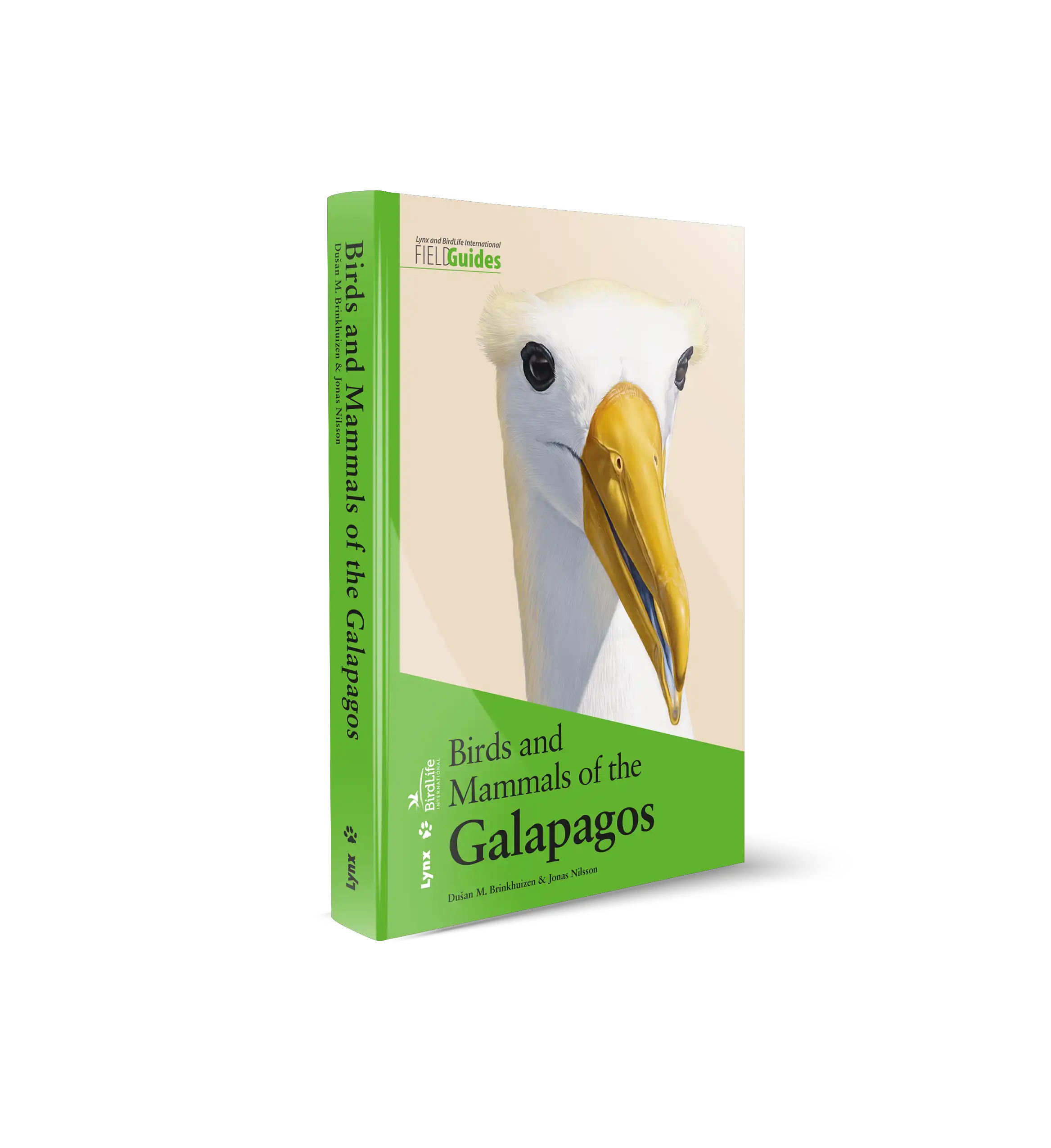
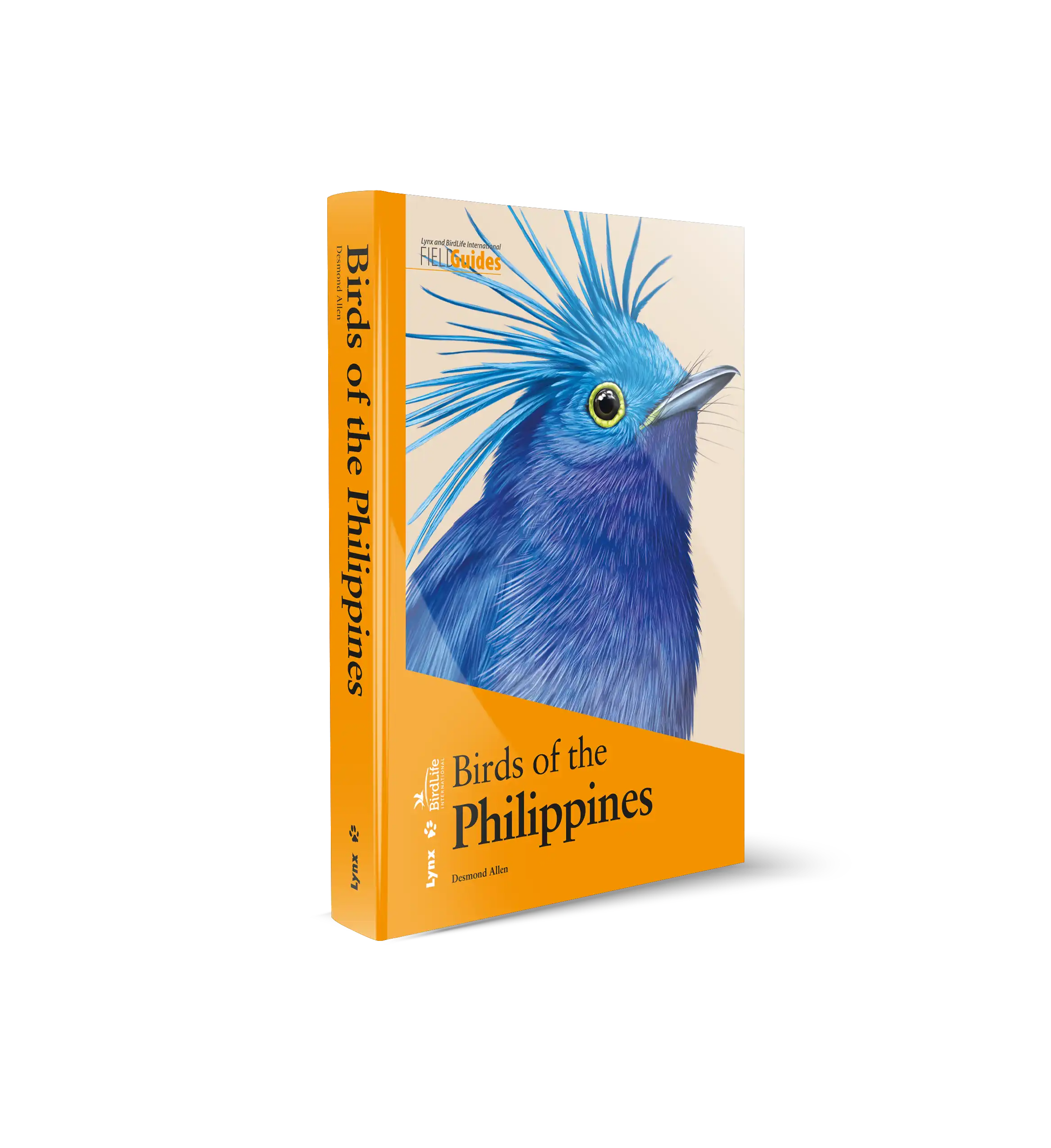
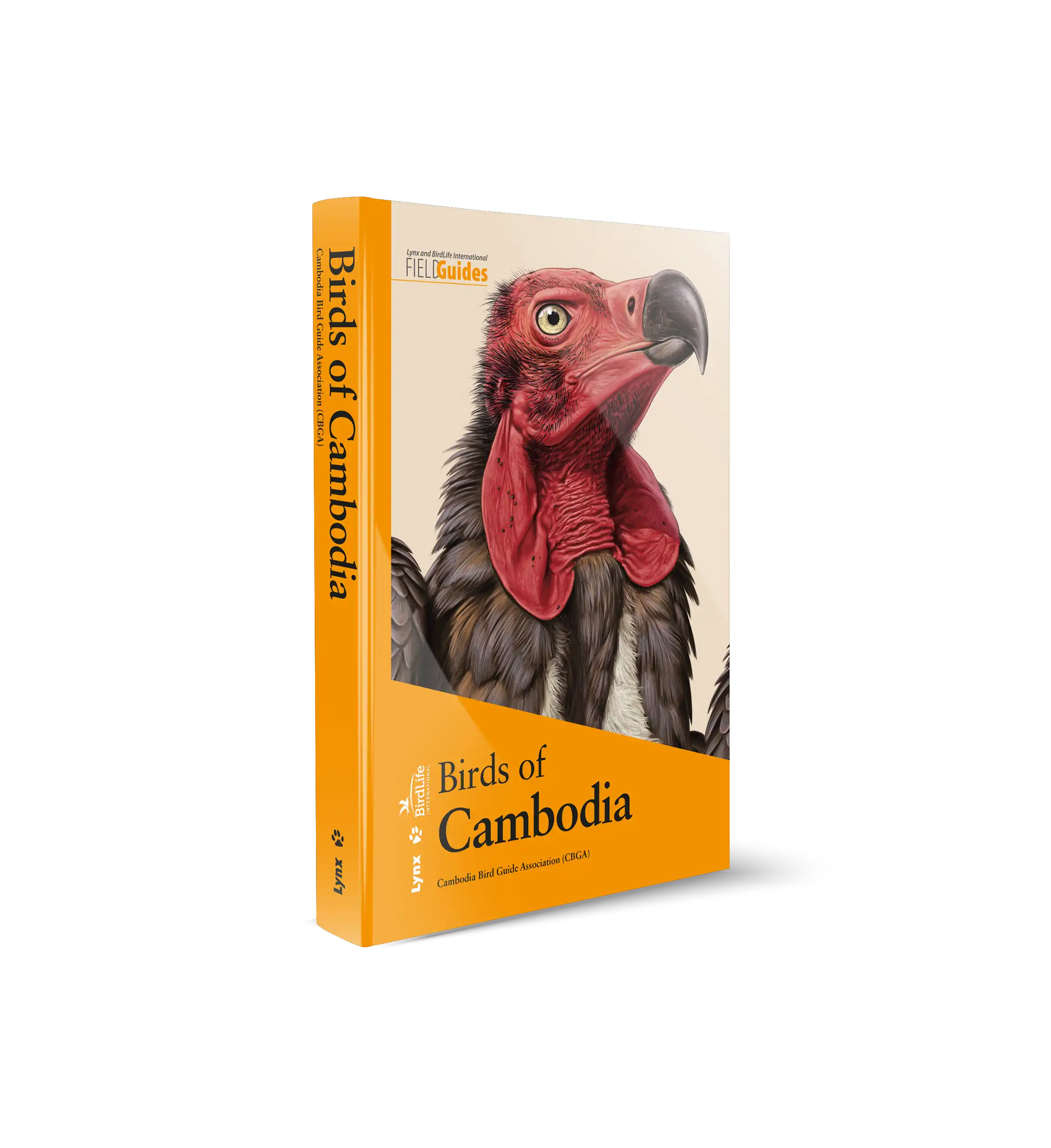
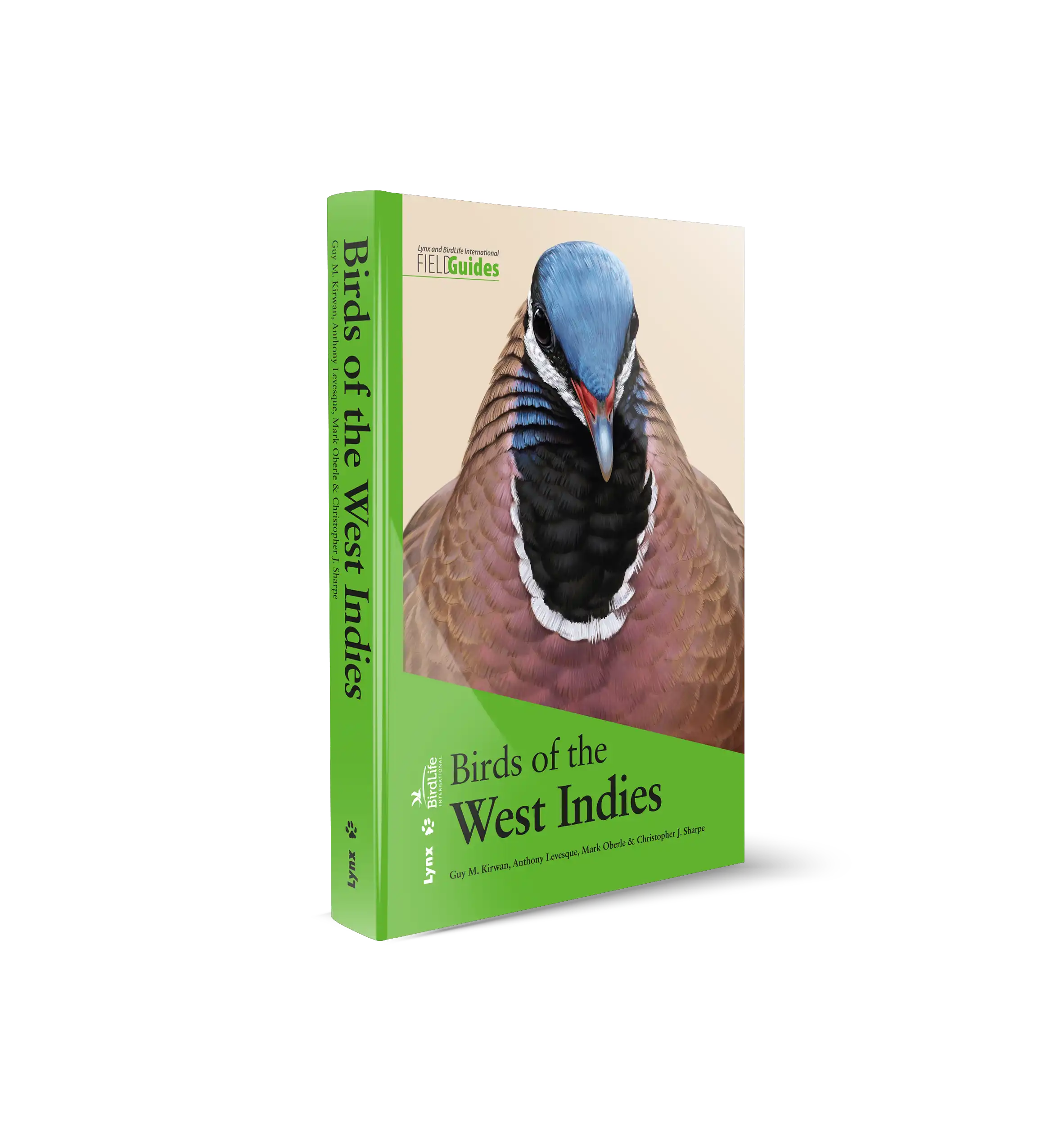
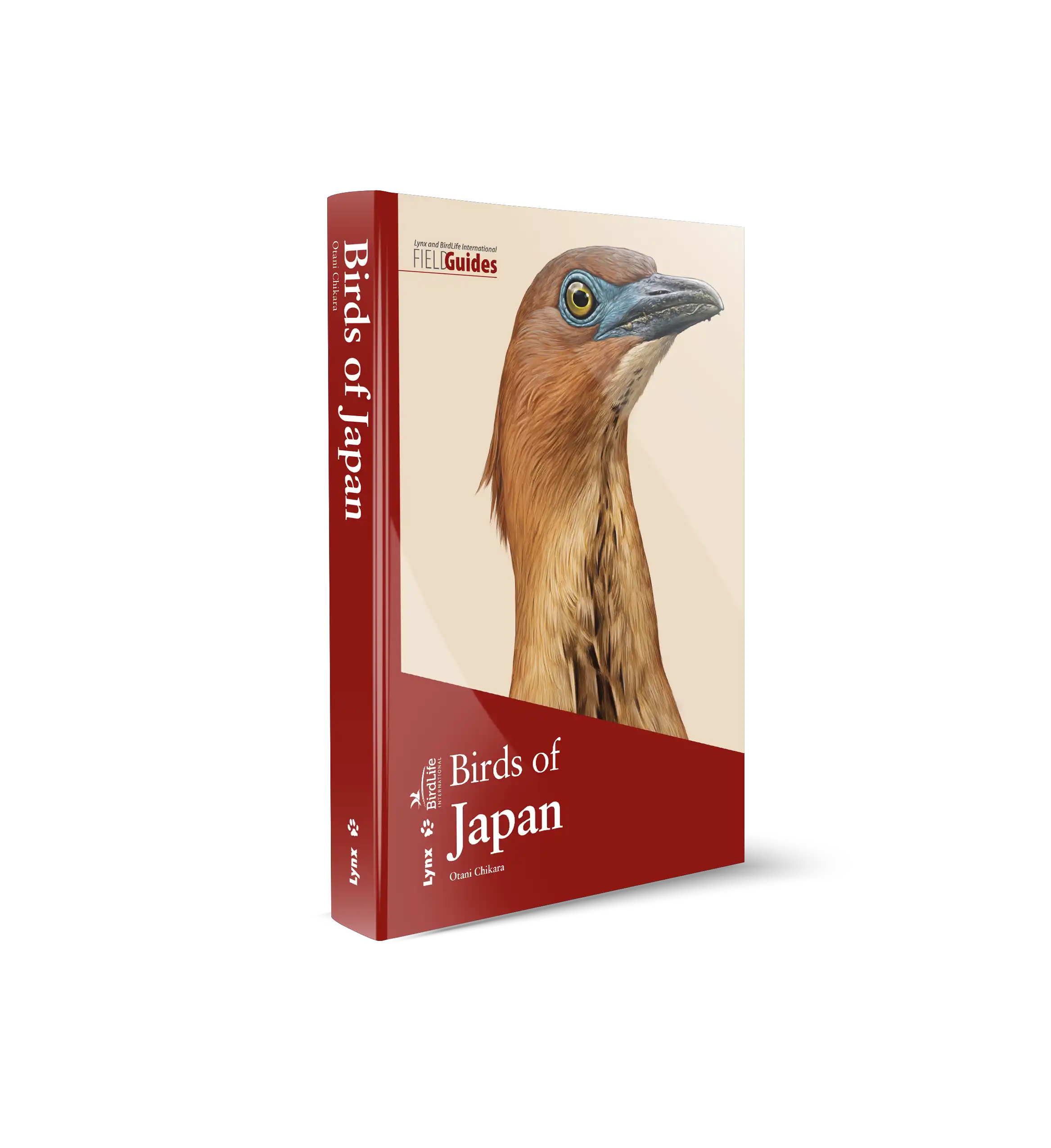
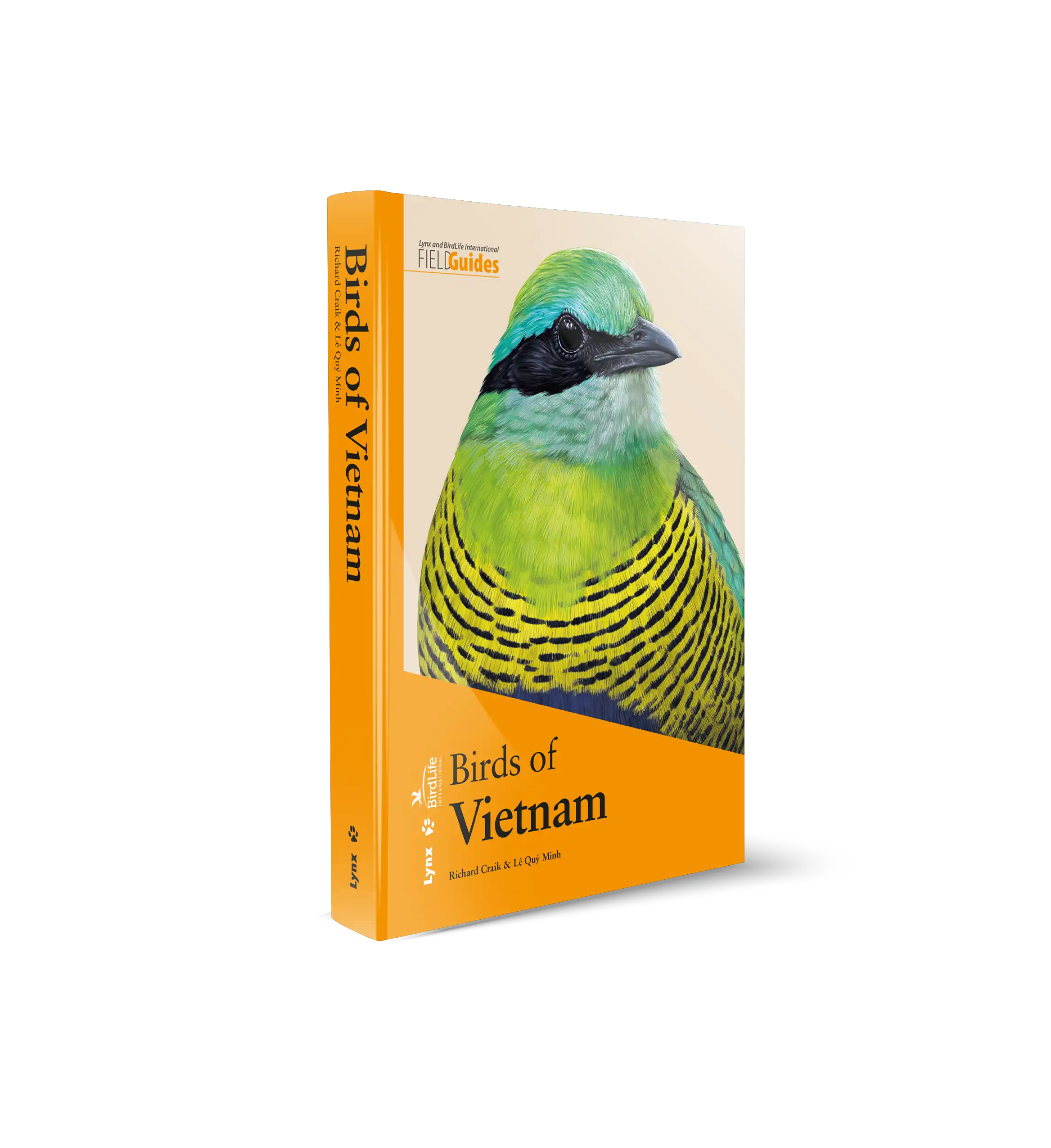
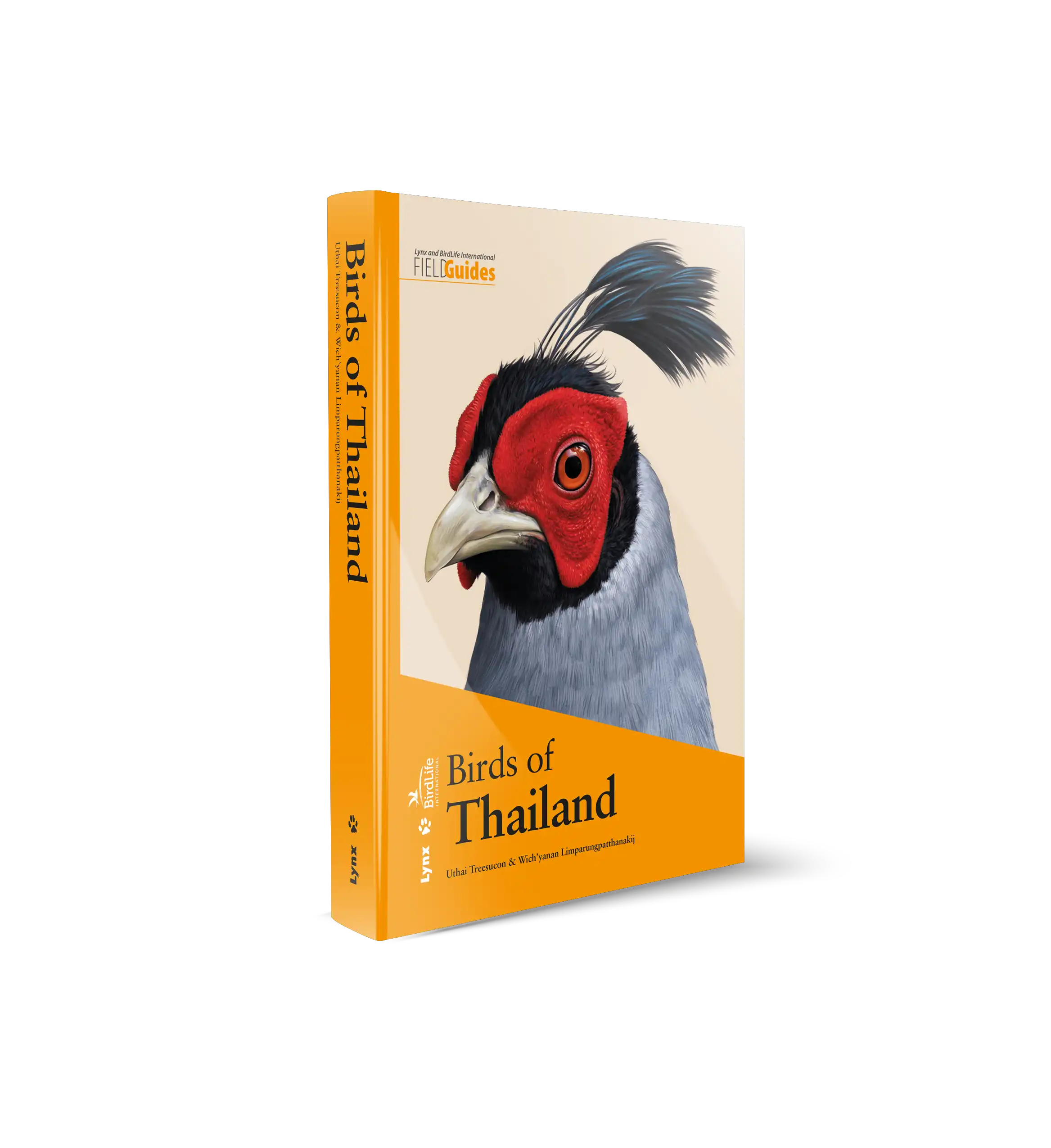
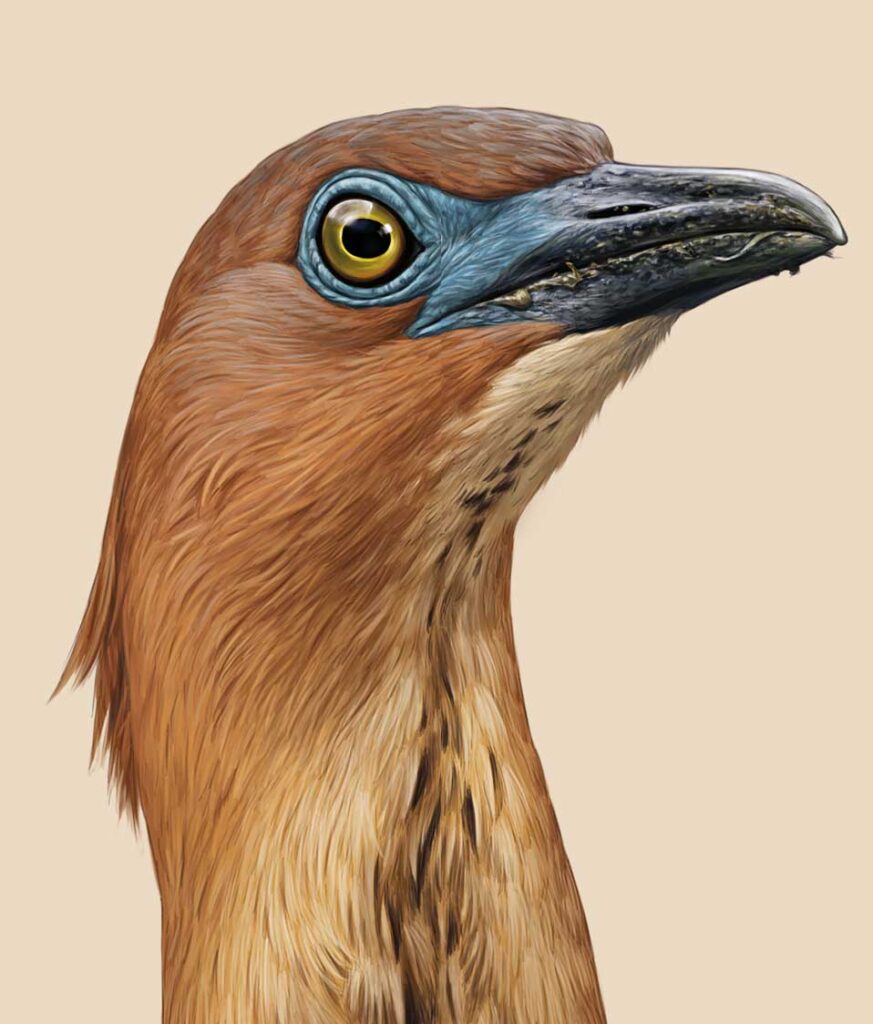








 Copyright 2025 © Lynx Nature Books
Copyright 2025 © Lynx Nature Books
Henry Goh –
It’s an excellent field guide both from the standpoint of thoroughness in information and illustrations. The region and species covered is comprehensive. It will be well received by the birding community in the Asian region and the rest of the world.
Gehan de Silva Wijeyeratne –
Malaysia is one of my favourite birding destinations because it has great birds, good food and good infrastructure. The latter means that there is good public transport even for budget birders who want to get to some fabulous birding sites many of which have a wide range of accommodation options for different budgets. There are not many tropical destinations where within an hour of arrival at the airport you can be in a beautiful patch of cloud forest with wonderful birds. On my first trip to Malaysia, I used A.G. Glenister’s ‘The Birds of the Malay Peninsula, Singapore and Penang’ published in the 1970s which was only sparsely illustrated. I used this together with ‘A Field Guide to the Birds of South-East Asia: Covering Burma, Malaya, Thailand, Cambodia, Vietnam, Laos and Hong Kong’ by Ben F. King and Edward C. Dickinson. Over the years my trips have involved different books as better illustrated Malaysian field guide became available. Allen Jeyarajasingham’s ‘A Field Guide to the Birds of Peninsular Malaysia and Singapore’ and a ‘Field Guide to the Birds of Borneo, Sumatra, Java, and Bali’ by John McKinnon and Karen Phillipps are noteworthy. These titles by Oxford University Press and Collins were later joined by books from Bloomsbury (Helm Field Guides) and John Beaufoy Publishing.
2020 is proving to be a bumper year for Malaysian birders with the addition of two significant books which now cover all of political Malaysia covering Peninsular Malaysia and Malaysian Borneo, together with Singapore. The first to arrive was ‘Birds of Malaysia and Singapore’ by John Beaufoy Publishing (JBP) co-published with Princeton University Press and following close on its heels, this title ‘Birds of Malaysia: Covering Peninsular Malaysia, Malaysian Borneo and Singapore’ by Lynx Edicions. An abundance of field guide riches.
Although I don’t usually like directly comparing books in a review, given that the Lynx book arrived so soon after the JBP, for a meaningful review, a comparison is needed as both books for the first time provide in a single field guide, coverage of the political unit of Malaysia. I should add that despite political boundaries, there are significant biogeographical differences between Peninsular Malaysia and Malaysian Borneo, which is one reason why some of the other very good field guides tend to focus on one part or the other. Not surprisingly there are many features in common between the JBP and Lynx books. Both books in the front or end sections contain a useful listing of key birding sites accompanied by location maps. Both adopt the now universal style of text facing the plates. The Lynx is a slightly bigger shape in the standard format for its series. I checked that both books slip comfortably into the large pockets designed for birders in my Country Innovation waterproof jacket which is a favourite with British Birders. Both books have their strengths. The JBP has a simpler layout and is easier on the eye. It is arguably pitched at a more populist audience and may well do better with in-country people who are getting into birding and progressing from the smaller more populist photographic guides which are starter books. The Lynx has the text appearing to be busier and may appeal to the more geeky birders and those visiting birders who are very keen on the splits and lumps as these impact their world lists. Therefore, it very much boils down to what level of birder you are and what you want. Some may find the discussion of molecular phylogenetics in the species account a tad off putting. Others may relish it. I am a fan of both books because they both serve different audiences and different levels of progression in birding ability.
Focussing on the Lynx book, this title continues with the use of QR codes which have been introduced in the Lynx Edicions and Bird Life International Field Guide series. If you want to hear Reddish Scops Owl or view some photographic images, just hold your smartphone camera over it and it will take you to a website with additional audiovisual resources. It is convenient and saves a little time with typing in an internet search. Admittedly, in most rainforest birding situations good internet or any internet may not be available at all. But in the trip planning stages and when doing some armchair research, it is useful. I also like the availability of distribution maps for each species and them being located on the plate beside the bird. This may compromise the aesthetics of an otherwise beautiful plate of birds, but is effective. The bulk of the book is taken by the species accounts (pages 28-378) with three pages of key references. The front and back inside covers have a map of the region, with the one in the back numbered with 50 key birding sites which are described with a reasonable amount of detail in the introductory front section (pages 13-20). Three pages are devoted to explaining how to use the field guide and the concept of a ‘subspecies group’ is introduced; a feature described as being novel to a field guide. The subspecies group is introduced as an informal taxonomic unit that sits somewhere between a species and a subspecies.
The species accounts are as with the other titles in the series, a distillation of information from the monumental Handbook of the Birds of the World (HBW) series with information distilled on identification (including vocalisations) together with information on distribution and taxonomic status. In addition to serving as a local field guide, it serves as a bite-sized introduction to the wealth of taxonomic information that was brought together in the HBW. It therefore helps to raise technical standards in a more local and affordable single book. The plates in this book derived from HBW are from 29 of the world’s best bird illustrators and as can be expected, are to a very high standard. On the whole, this is another superb title in the series which is a strong addition to the field guide literature for this region.